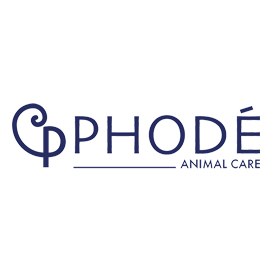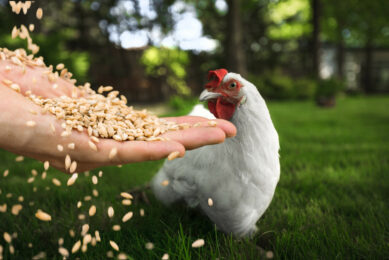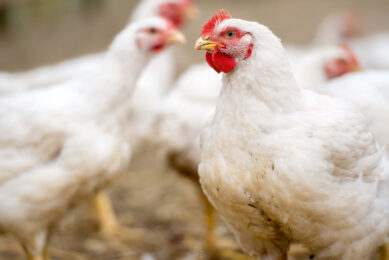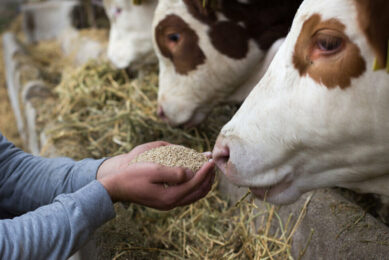5 steps to explore plant extracts potential
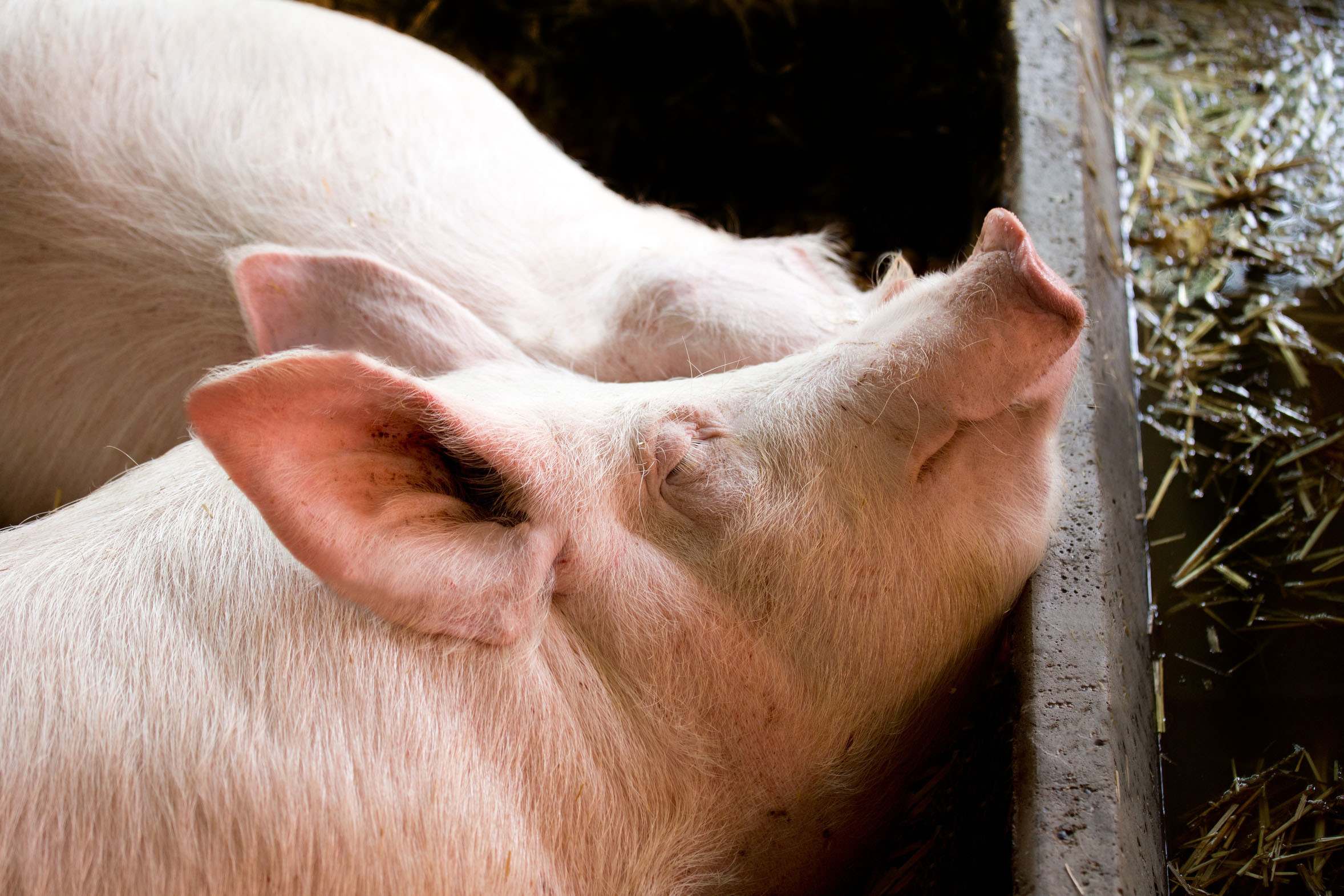
Active ingredients sourced from nature are complex. Scientific expertise and specialised techniques are required to develop the potential of such ingredients to improve animal production. The following 5 steps explore how to efficiently use plant extracts in animal diets.

Selection and characterisation of active ingredients
Plant extracts are first selected based on specific markers. Essential oils undergo several distillation processes in order to check their composition and re-concentrate beneficial active molecules. Supercritical CO2 extraction is used for certain extracts. Purified chemically-defined molecules from natural sources, or synthetic molecules identical to those found in nature, are also used.

Galenic formulation
The concentrated mixture of active ingredients is then formulated in order to control the active release site based on the targeted function.
The oropharyngeal passage for neurosensory products
A specific galenic formula is used for products with neurosensory action: the formula helps guarantee a compromise between the stability and volatility of functional molecules, and their irregular shape maintains homogeneity in the food product. The use of spherical particles is futile since they percolate.
The digestive tract for products with physiological action
If we wish to limit the development of opportunistic bacteria in poultry, caecal release will be targeted. For release into the distal digestive system, a disintegration aid is used; release then becomes time dependent and does not involve enzyme breakdown. At this stage, pharmacy-inspired release models (see Figure 1) are used (temperature and pH controlled).

Industrial tests
The pre-formula undergoes industrial tests such as granulation tests, thermisation or extrusion. The stability of the product in its final base (water, food) is tested, as well as its stability under conditions of transportation, storage (low or high temperatures, thermal shock) and compression. Active ingredient tracers are added to the product and to the food base to make any necessary formulation adjustments.

In vivo efficacy tests
For specific digestive targets, a step for monitoring active markers in the digestive tract is added in order to ensure that the active ingredients reach their site of action in the right concentration.

Behavioural tests
All this work must then be assessed by the most demanding and impartial judge: the animal. Of course, the indicators to bear in mind for this assessment are production performance and also ‘better-being’ behavioural indicators.
Neurosensory solutions thus enable us to stimulate consumption in young animals during a difficult dietary transition or to help them adapt to the food over time. Solutions containing essential oils and spices improve growth performance and also lower mortality, offering a natural alternative to growth factors.
Finally, it is of fundamental importance to reduce the consequences of stress in animals required to maintain high performance. The VÉO range can reduce stress perception in animals. The following behavioural indicators are also observed:
- increase in rumination time for dairy cows
- decrease in nervousness and scratching in poultry
- decrease in cannibalism in pigs
The consequences of these behavioural improvements towards ‘better-being’ are systematically linked with an improvement in production performance (dairy production or growth) and a decrease in mortality.


